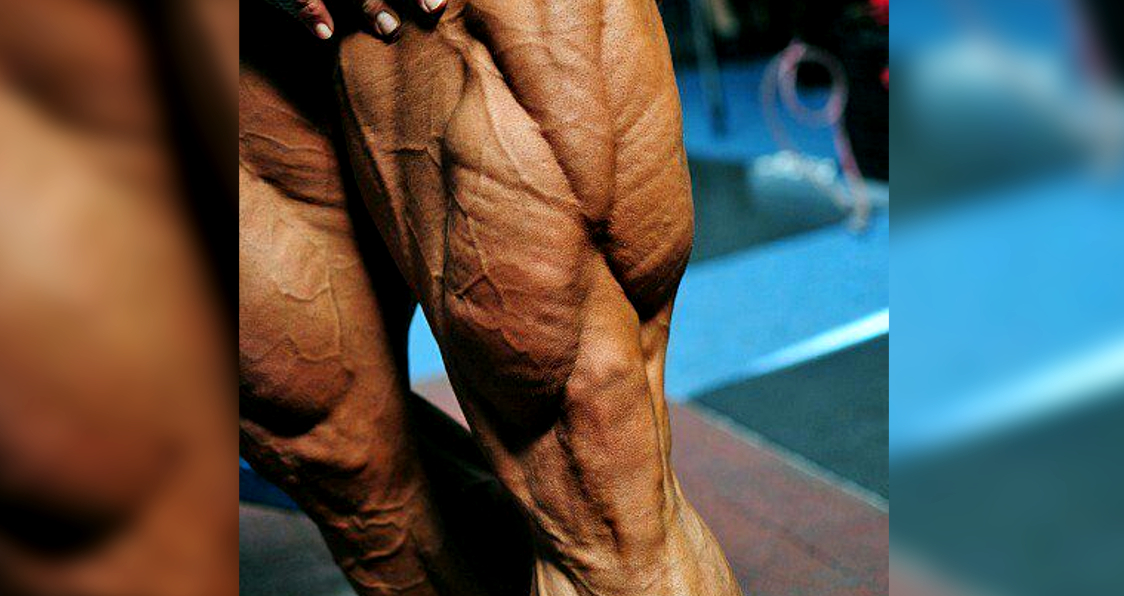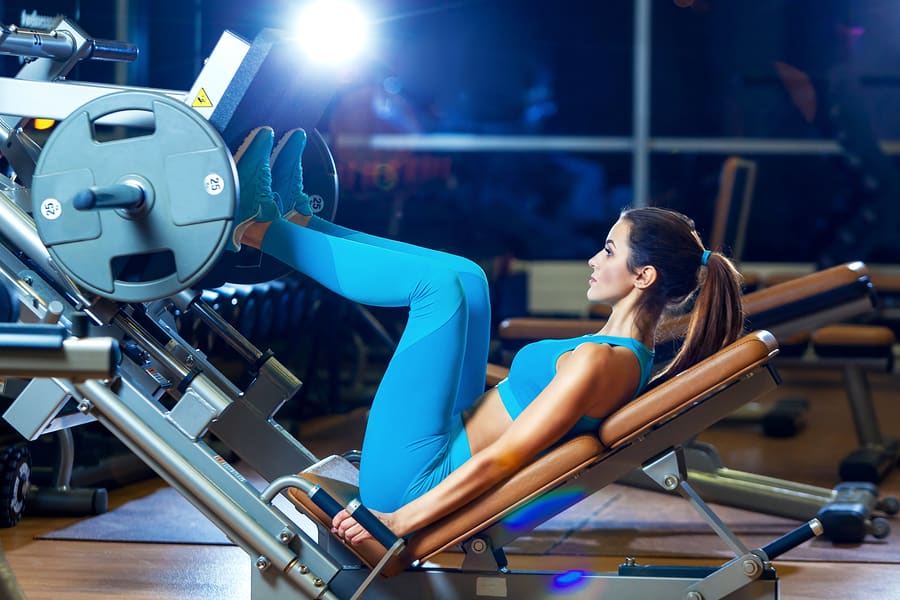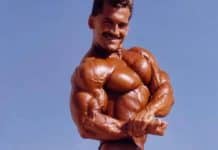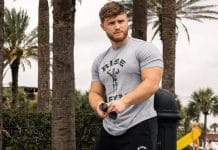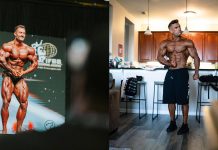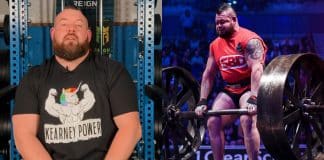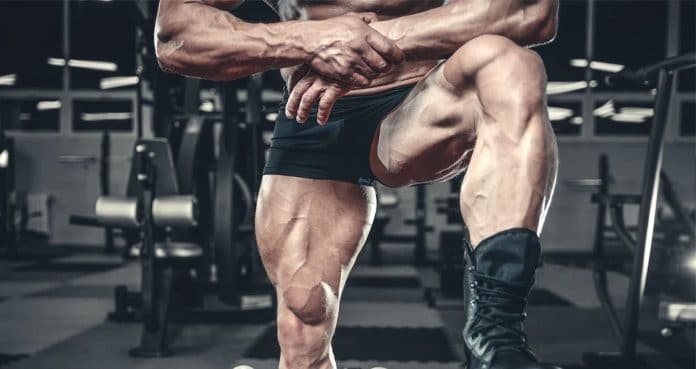
Try out these three exercises during your next leg day to replace the barbell squat!
Gym culture is oddly obsessed with impressing powerlifters. Somehow the sport of powerlifting has bled into everyday gym goers to worship the big 3 including the barbell back squat.
However, most gym goers simply want to have jacked legs.
And if you want jacked legs, you would ditch the barbell back squat for other quad builders. I know, that sounds blasphemous, but the barbell back squat is not as good of a quad builder as other exercises.
And this is not a matter of opinion. This is undeniable physiology and biomechanics. It’s like water being wet. You can’t debate it. So if you have any ounce of an open mind, let’s me explain everything to you.
How Quads Grow
For most bilateral squats, the goal is to build the quads with some glute development as well. Quads like any other muscle grow from mechanical tension, the force produced by your muscles. This is often confused with load because the barbell back squat is generally a heavy exercise, so people assume it builds tons of muscle.
However, your muscles have no idea how much weight is on the bar, nor it give a flying fairy about it. Your muscles only detect tension, so your quads can only detect the tension placed on it. Lifting heavy is great, but only if that load is applying mechanical tension across the quads.
This is why the barbell back squat is a poor quad builder for many people. Despite it’s heavy load and absolute obsession among the fitness community, the barbell back squat forces a bar over your center of mass or else you would topple over like a losing Jenga tower. Based on your mobility and limb ratios, you will likely not get much knee flexion from this position.
Knee flexion is simply a fancy word meaning the knee bend you achieve especially as your knees travel forward. Due to structural and mobility limitations, most people can’t barbell back squat deep with an upright posture without butt wink. That’s the position needed to stimulate more quad growth.
Furthermore, barbell back squatting is highly fatiguing.
So when you’re feeling dead after 2 heavy sets of barbell back squatting, that’s not because your quads are generating much muscle growth. It’s because your entire body is collecting tons of fatigue. The exercise has a deeply poor stimulus to fatigue ratio.
This is not to say it doesn’t build muscle. It certainly does, but it builds a less than expected amount for a higher price point.
Better Muscle Builders
So to build your quads, you need deep knee flexion. This position trained through a full range of motion while minimizing fatigue is far more important than total load. In fact, arguably the best exercise on this list is also the lightest.
Here’s the list starting with the front foot elevated split squat.
1 – Front Foot Elevated Split Squat
You’re essentially doing split squats with your front foot elevated. Pretty straightforward.
This exercise trains each leg individually with the rear leg for support. The position allows you to manipulate the joint angle of one leg to maximize knee flexion. In addition, it requires less mobility and will also help your lower body mobility in the hips and ankles.
For the elevation, use anything that is about 5-10 inches off the floor. Press through your entire front foot as you keep you push your knee forward and sink down with an upright or relatively upright torso down. If your knees are able to go past your toes, that’s a good thing!
Don’t listen to outdated coaches who tells you that’s bad for your knees. That’s how you build mobility and more importantly, that’s called deep knee flexion. It means your quad is actually contracting through it’s full range of motion and experiencing the mechanical tension needed to grow in size.
Start this exercise off with dumbbells. You will notice as you progress and use heavier dumbbells, they might hit the box you’re using to elevate your front foot and limit range of motion. This is where it’s best to use an elevation with minimal surface area or simply switch to having a barbell on your back.
For a barbell set up, use a squat rack. And yes, you can do split squats in a rack, not just barbell squats.
Finally, if you want even more quad growth, you can get more knee flexion by elevating the front heel.
2 – Hack Squat
It’s odd that machines get such a bad rep. Some people see barbell exercises as the meat and potatoes of a program while they describe machines as “accessories” whatever the flying fairy that means.
Ironically, the hack squat takes all the pitfalls of the traditional barbell back squat and fixes it allowing for more quad growth.
The angle and stability of the machine allows for more knee flexion without worrying about the weight folding you over. In other words, the hack squat fits everybody’s structure allowing for more quad growth. You are able to get deeper with a hack squat as well.
Although, for my fellow short lifters, most hack squat machines will end at the bottom when you can still go lower. An easy fix is to slap on some yoga blocks underneath the pad to extend the range of motion.
There are also 2 setups I particularly like with hack squats. Banded and unbanded. With an unbanded version, you load the bottom stretched position more. Adding bands to the hack squat increases the resistance at the top of the movement where you’re typically stronger.
I’ve also noticed banded hack squats tend to be more joint friendly with my clients as well, but certainly train both versions.
3 – Leg Press
For whatever reason, people are sticklers about barbell back squat depth and form. If you don’t go low enough, you’re wimpy dork who didn’t squat like a man. However, all of these critics will happily slap on a billion plates on the leg press and do a bunch of reps with a microscopic range of motion.
Not to mention people leg press with bouncy uncontrolled reps. They like seeing the weight they’re lifting more than actually growing their quads.
However, if you’re serious about your leg day, doing proper full range of motion leg presses are brutal for the quads. The angle allows for a deep range of motion that will fit most people’s structure.
I like to have clients do them for both lower and higher reps. The lower reps allow for some heavier strength work which can feed a person’s ego.
Higher rep work really pumps your quads into a new dimension and skyrockets your mental strength.
A bit of an exaggeration there, but the leg press will grow you bigger quads than the barbell squat regardless of the rep range.
Learning to Think For Yourself
Look, I don’t hate the barbell back squat. It’s cool and required for powerlifting. However, it has it’s major limitations that nobody talks about. People do it because they’ve been taught to without rhyme or reason. As a result, they’ve grown an emotional attachment towards it.
This is clearly the case when you tell a bro that the barbell back squat is not a great muscle builder and they’re so triggered, they’re about to have a heart attack. That scenario is more common than you think.
But anyways, you need to reassess your exercise selection if you want actual quad muscles. The type that have lines of definition, not those flabby dimensionless chunks most guys have.


